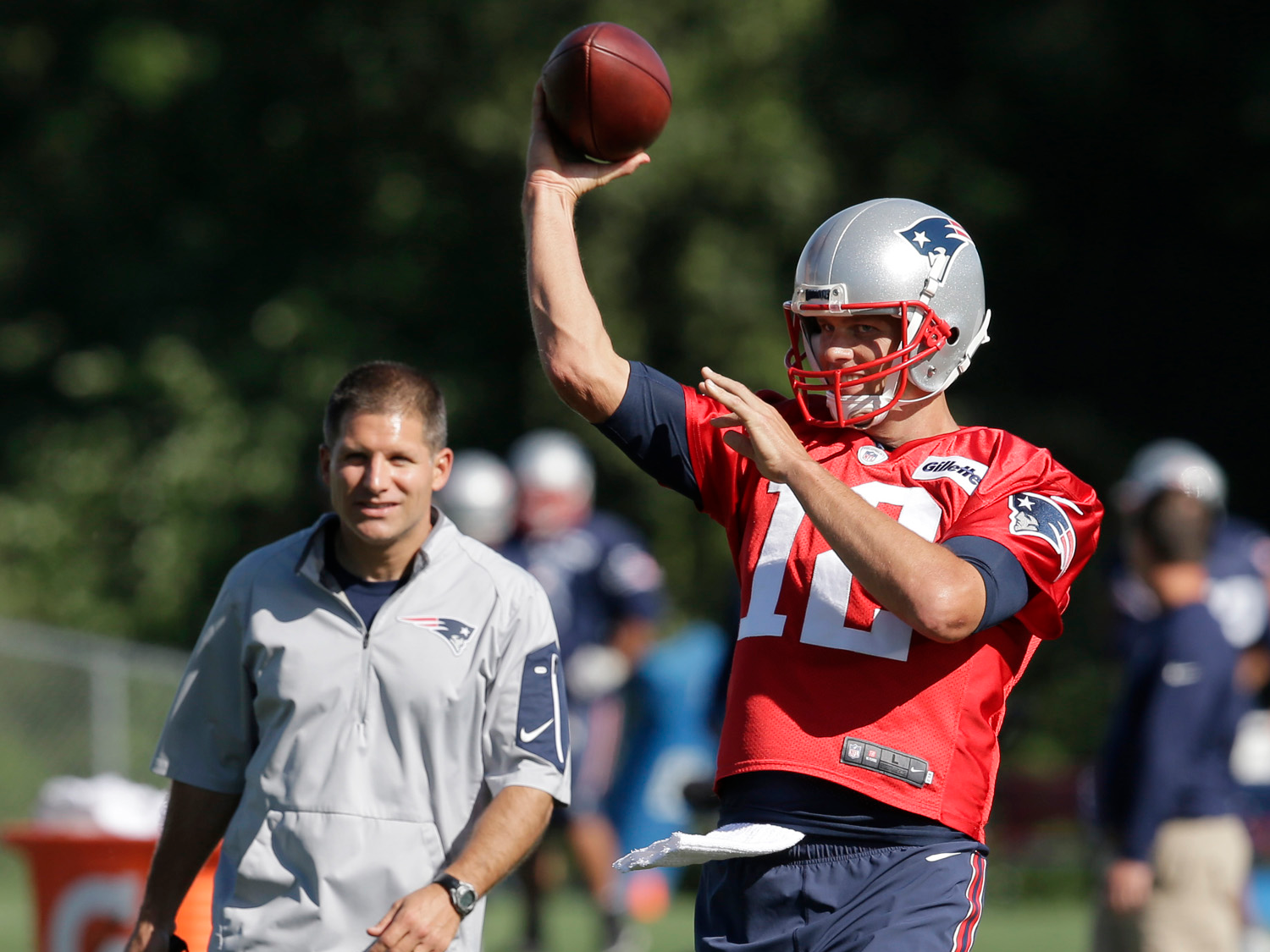The NFL has taken several measures over the years to try to minimize contact in the name of player safety.
One such measure, enacted in the collective bargaining agreement signed in 2011, limits the amount of contact and padded practices teams can have during training camp and the regular season.
By cutting down on the amount of contact players have in practice, practice injuries can be reduced and players can recover from the wear-and-tear of the actual games.
However, according to Albert Breer of MMQB, some coaches actually believe these rules have had a negative effect on offensive lines, which struggle to get meaningful reps without contact. As a result, it may be hurting quarterbacks.
“Coaches are pointing to league-wide offensive line issues as a reason to loosen practice rules. Less hitting in camp + Not much hitting in-season = Tough to develop young backup linemen.
“Where could it get the attention of the owners? Quarterback injuries are one place to look. Too many backup linemen just aren’t ready when called.”
Injuries to linemen aren’t uncommon. However, when teams’ best linemen get injured and backups have to substitute in, they haven’t had productive practice sessions to prepare for the games. According to Breer, coaches think this makes quarterbacks more susceptible to injury.
As Kevin Clark documented for the Wall Street Journal in 2015, the practice rules have led to some wacky methods from NFL teams. While offenses can run plays against the air, other positions need to get more creative. According to Clark, the Raiders were letting their defense practice against remote-controlled cars with flags. Other teams were filming plays with drones to provide unique angles for film.
It will be a tough issue for the NFL to address. Is the lack of contact in practices really leading to more quarterback injuries? If not, it may be hard to convince players, who negotiated for the contact rules, to go back to more physical practices.

